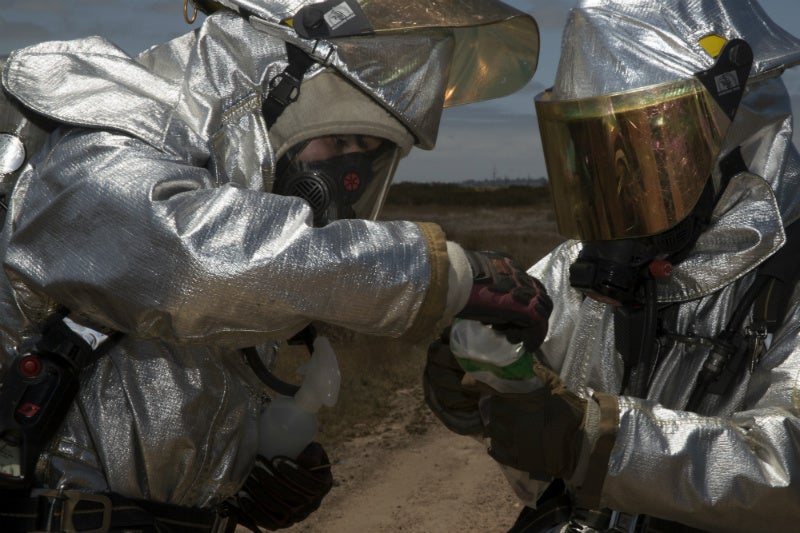Infectious diseases kill over 17 million people yearly and the agents that cause them are toxic, widespread and reproducible. These factors make biological organisms a potential weapon for terrorists.
In October 2001, Bob Stevens, a photojournalist for a news company, was hospitalised with a mysterious illness. He died of anthrax, a bacterial infection that had not killed anyone in the US in over 25 years.
Stevens contracted the disease when a suspicious envelope was delivered to his workplace. Several cryptic letters laced with anthrax spores were posted to various addresses and resulted in the deaths of five people. The case remains unsolved.
In 1984, 751 people in Oregon fell ill after becoming infected with salmonella. The bacteria was deliberately used to contaminate water sources and salad dressing in local restaurants. While there were no fatalities, the people affected suffered from diarrhoea, vomiting and abdominal discomfort.
Biological weaponry
Manufacturing biological weaponry is cheap, rapid and requires the use of rudimentary industrial technology. Victims of an act of bioterrorism are likely to pass the disease to others if the infection is asymptomatic. However, the unpredictability of biological agents makes them an unlikely option for terrorists.
Living organisms such as strains of bacteria and fungi need to be alive to cause an infection. The person carrying out an attack must be aware of delivery systems among other variables that are necessary to facilitate their desired impact.
Perhaps the impact is less about death and more about instilling fear in the general population. Sales of ciproflaxin, an antibiotic used to treat anthrax, increased significantly in the aftermath of the 2001 incident.
Fighting the bioterrorism threat
Prophylactic measures such as vaccinations, detoxifying agents and biosurveillance, which is the practice of monitoring disease prevalence within a population, are necessary either to decrease the likelihood of a biological attack or to severely reduce the effects of a large-scale incident.
The interactions between politicians, scientists, healthcare professionals, researchers and the public become increasingly important when it comes to fighting the threat of biological terrorism.





